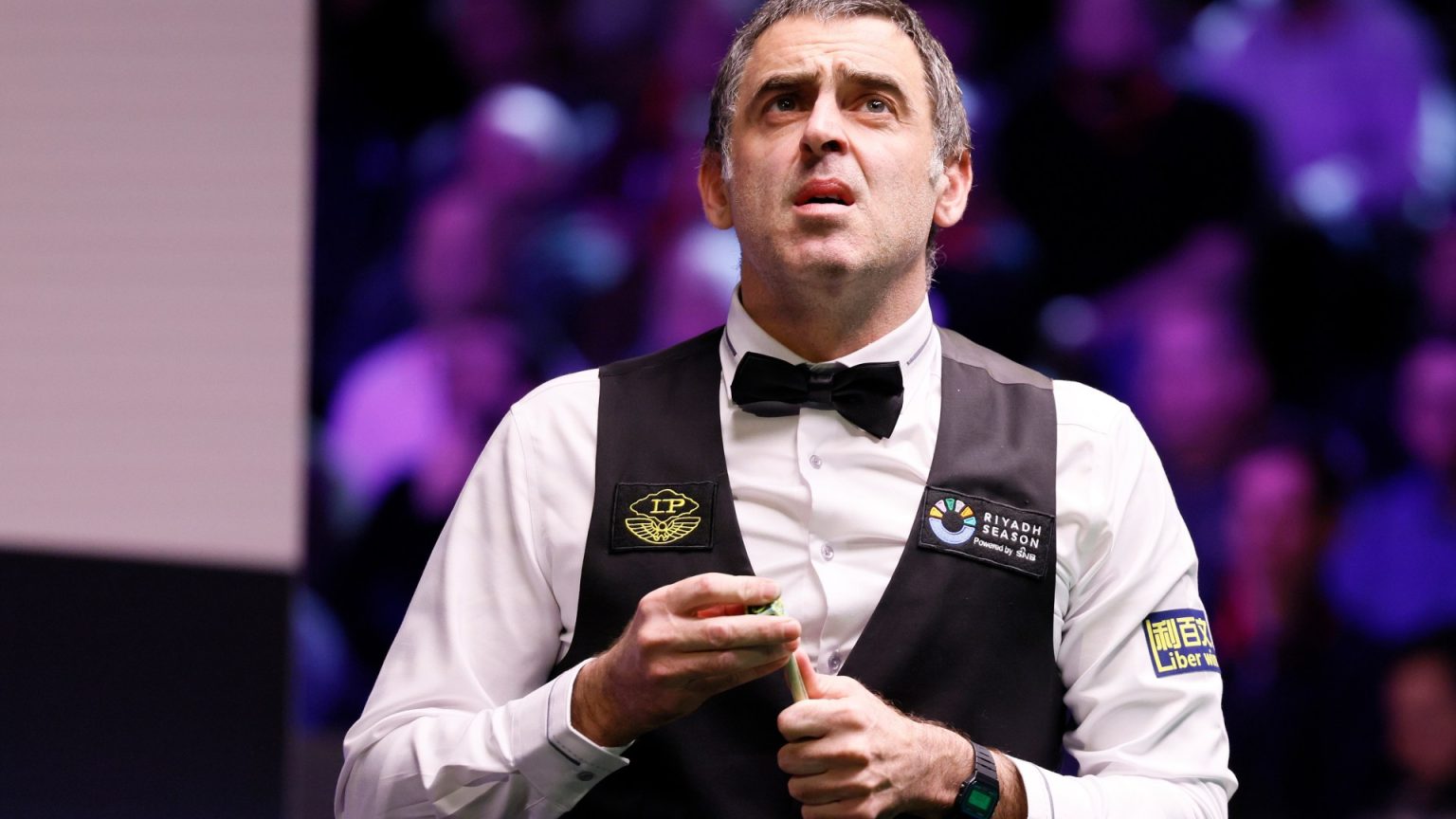The snooker world was abuzz with controversy during a match between Mark Allen and He Guoqiang at the Scottish Open. Referee Proletina Velichkova made a contentious foul call against He Guoqiang, penalizing him four points for a “missed ball” foul. The incident occurred when He attempted a safety shot, letting the cue ball roll past a red ball near the baulk cushion. While one slow-motion replay seemed to indicate that the cue ball hadn’t made contact with the red, another angle presented a different perspective, clearly showing the red ball moving as the cue ball passed. Velichkova reviewed the shot multiple times before upholding her initial decision, much to the surprise of commentators and He himself. Despite the contentious nature of the call, it ultimately had little impact on the match outcome, with Allen securing a comfortable 4-1 victory.
The disputed foul ignited debate about the accuracy of refereeing decisions and the use of technology in snooker. While slow-motion replays can be helpful, they are not always definitive, especially when the contact between balls is subtle. The different camera angles can further complicate matters, offering varied interpretations of the same event. This incident highlighted the challenging nature of refereeing in snooker, where decisions often depend on nuanced judgements and interpretations. The debate also touched on the players’ perspective, with He seemingly convinced he had made contact, while Velichkova remained steadfast in her ruling.
Beyond the controversy, the match served as a platform for Mark Allen to reflect on his evolving playing style. Despite winning comfortably, Allen expressed dissatisfaction with his performance, attributing it to insufficient practice with his new technique. He acknowledged feeling on edge during the match, ultimately abandoning his new approach in favor of his more familiar, faster style of play. While this reversion proved successful in this instance, Allen recognized the need for more dedicated practice to fully integrate and trust his new technique moving forward. His candid assessment underscored the ongoing process of adaptation and refinement that professional players undertake to improve their game.
The Scottish Open also witnessed the early exit of defending champion Gary Wilson, who suffered a 4-2 defeat to Long Zehuang. Wilson, a two-time winner of the tournament, was unable to replicate his past successes, highlighting the unpredictable nature of snooker competitions. Despite Wilson’s upset, several other prominent players advanced to the last 32, including Ryan Day, who showcased his impressive skills with three brilliant frames in his victory over Anthony McGill. Other notable wins included those by Ali Carter, John Higgins, Barry Hawkins, Judd Trump, and Mark Williams, demonstrating the depth of the competition field.
The tournament continued to unfold with a mix of expected outcomes and surprising upsets. While established players like Trump and Williams advanced smoothly, others faced tougher challenges. The diverse results highlighted the competitive landscape of professional snooker, where even highly ranked players can face early exits. The matches unfolded with varying degrees of drama, from close contests to dominant performances, reflecting the diverse playing styles and skill levels within the field.
The Scottish Open, thus, provided a compelling showcase of snooker, offering a mix of thrilling matches, controversial decisions, and insightful reflections from the players. The tournament demonstrated the intricacies of the game, where both technical execution and strategic decision-making play crucial roles. From the heated debate surrounding the “missed ball” foul to the candid assessments of players like Allen, the event underscored the dynamic and evolving nature of professional snooker. The early exits of some favorites and the impressive performances of others added further layers of intrigue, promising more exciting matches and unpredictable outcomes in the stages to come.


